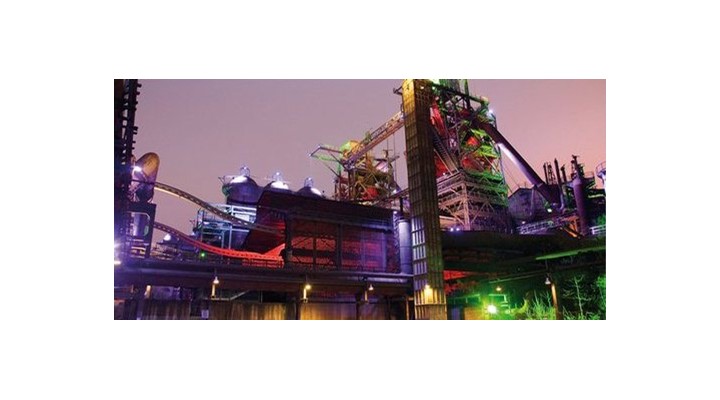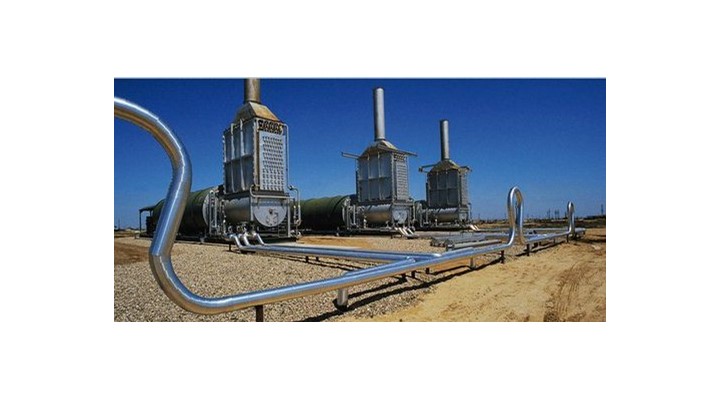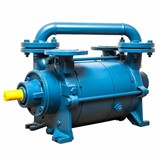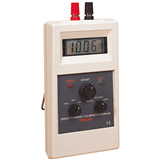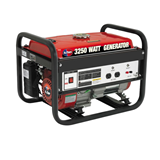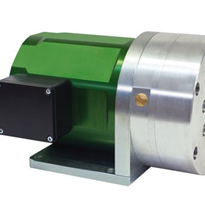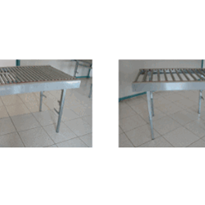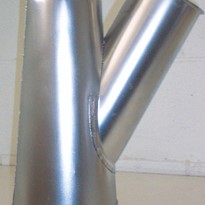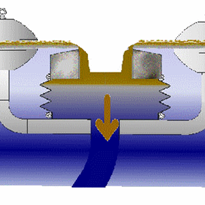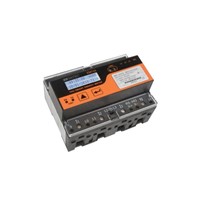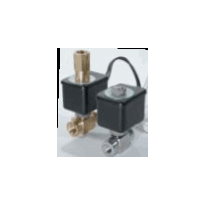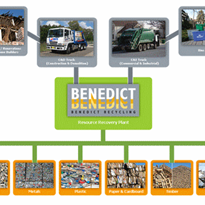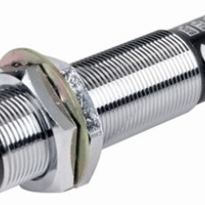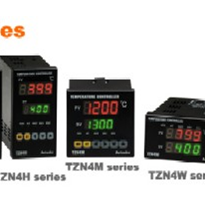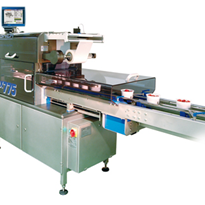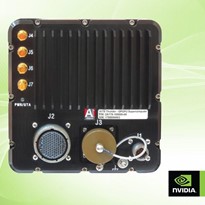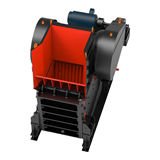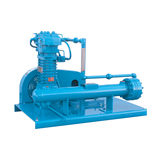Global temperatures have been rising unrelentingly for 30 years. Experts expect that 2014 may set a new temperature record, since weather patterns were recorded. The continued growth in the number of extreme natural disasters shows this warming tendency clearly.
There is a variety of different approaches. Many industrial processes waste surplus energy. The recovery of an untapped energy potential is therefore a crucial part in the fight against global warming.
Dr. Rolf Pfeiffer explains the underlying concept: "In many industrial procedures, unused process gas escapes into the atmosphere. Our basic idea was to tap these gases to generate energy."
Energy recovery from process gases, however, is not a new concept.
Dr. Rolf Pfeiffer states: "What is new with our development is that it enables the conversion of even small amounts of residual energy in the range of 5 to 20 kilowatts into electricity using a small, compact and decentralized energy recovery unit."
As a result of the extensive research, the first prototypes of the innovative DEPRAG turbine-generator are now finished in the development lab. The patent has been registered and test series with the prototypes have been successfully concluded.
Dr. Rolf Pfeiffer explains: "We can now go into production with our product and are looking for partners who want to use this innovative system for energy recovery in their facilities. Our recovery system can be used in a variety of applications to convert process gases into electricity or even to utilize unused surplus heat."
In the initial studies, the DEPRAG team under R & D manager, Gerd Zinn, determined that the new energy recovery system should be a small, simple, and robust system for the 5 to 20 kW range. The use of gears was to be avoided due to costs and maintenance. But this proved to be a major challenge for the developers. The physical characteristics and the small diameter of the turbine rotors resulted in a relatively high speed for the turbine and thus for the generator.
The strength properties of the suitable materials set clear limitations. No standard generator was small enough and constructed from suitable materials, to meet the demands for fatigue strength at the calculated rotational speed of around 40,000 revolutions/minute.
That meant it was necessary for DEPRAG to develop a suitable electric generator itself. The engineering team was particularly focused on the fatigue strength of the rotor. The result of the intensive development work was a compact total-system in two versions, based on a permanent magnet synchronous induction machine to generate electricity.
And that is what the prototype from DEPRAG looks like: A compact unit made from a micro expansion turbine with an electrical generator, which produces electricity from gas.
Not including the associated electrical control box, the turbine generator is not much bigger than a shoebox. According to a plug and play principle, the turbine generator can be used locally where unused gas is either released by an industrial process or where high-pressure needs to be reduced to a low-pressure. The released pressure, which until now has only sporadically been reused to generate electricity, wastes an ecologically valuable energy potential.
The innovative DEPRAG turbine generator converts the surplus energy contained in pressure gases into some type of usable energy. Gas flows into the turbine, is pressed through jets, and is accelerated. When it meets the blades of the turbine and is diverted, it releases its energy. The kinetic energy is converted into electrical energy by the generator. In this innovative system, the turbine and electric generator represent a compact unit, and have one shared drive shaft. The Result: Then the turbine rotates, the generator's rotor turns at the same time - electrical energy is generated!
With the DEPRAG turbine generator it is easy to recover energy in many areas of industry. In the industry that smelts metals, for example, the melting tanks are cooled by compressed air. The compressed air flows through cooling channels and absorbs heat. Normally, it is then released into the atmosphere without being used. With the new turbine generator, the compressed air, which is actually a waste product, can be reused profitably. The energy absorbed from the heat can be converted into electricity by the micro expansion turbine and the integrated generator and then fed into the power grid.
So far, residual energy is being converted to electricity in large Biogas plants and cogeneration units based on the ORC (Organic Rankine Cycle) process. However, the power range of these installations is between 200 and 1,500 kW.
With today's technologies, it is smaller Biogas plants and cogeneration units that are being built in volume. The electrical efficiency of such plants can now be successfully optimized with the new turbine generator by also allowing smaller volumes of waste heat to be economically used in an ORC recovery process. Thus, the overall efficiency of these plants can potentially be increased to more than 45per cent. In accordance with the German Renewable Energy Act (EEG), a technology bonus of 2 cents/kWh will be earned by the whole plant.
Another example is where natural gas is pumped thousands of kilometres at high pressure from producing countries to the consumer. In order to feed it into the regional networks, which operate at a lower pressure, the pressure must be reduced, and the gas must be decompressed.
The utility companies reduce the gas pressure once again before the natural gas reaches private homes. In the transformation of pressures in the gas pipelines, energy is lost in gas distribution technology which could, in the view of DEPRAG engineers, be converted to electrical energy without major effort using the turbine generator.
View the product in more detail
For more information please contact us by phone or email to discuss this solution further.


